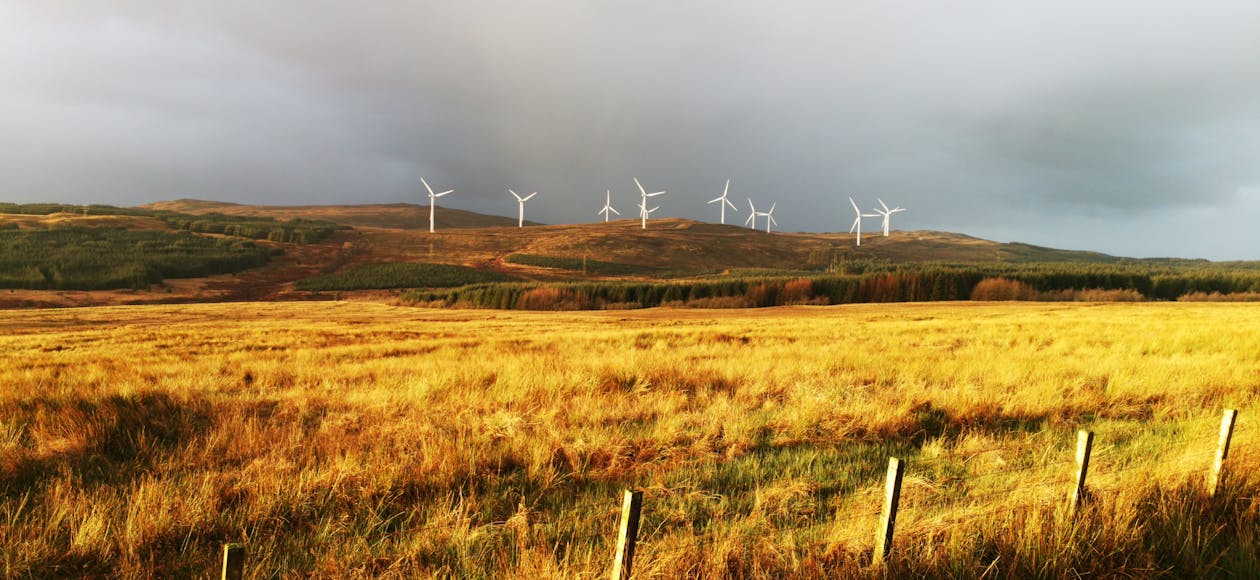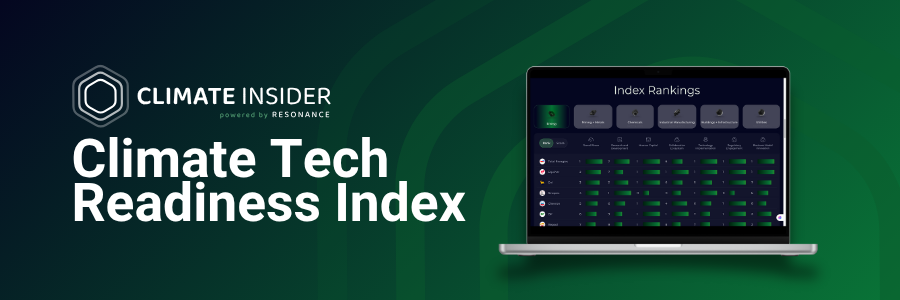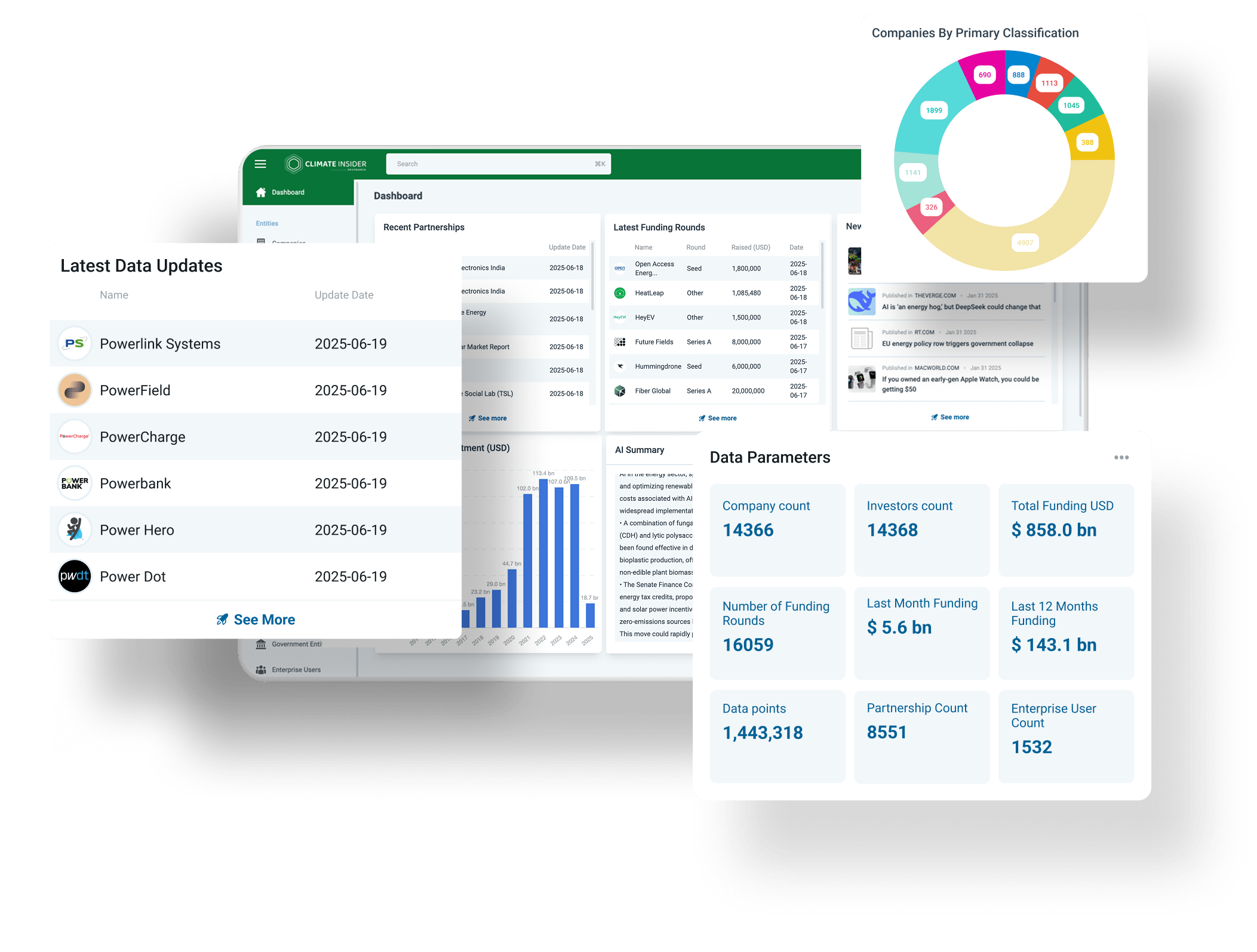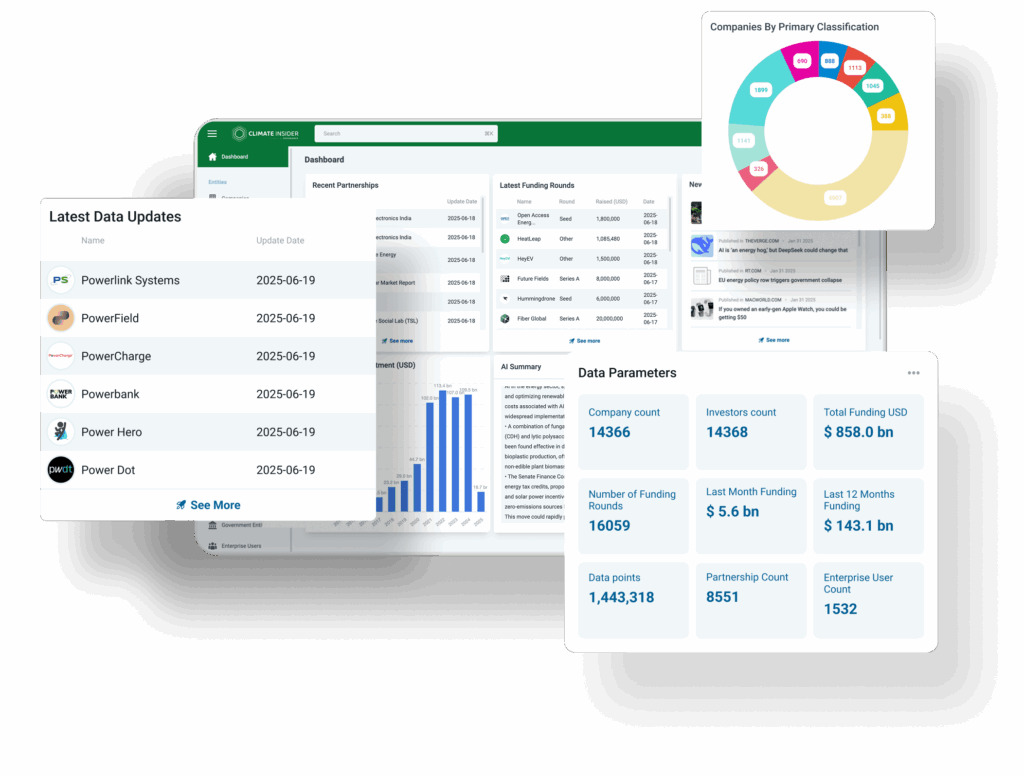Renewable energy companies in the UK were one of the earliest trendsetters in the sector. Read on and explore what the scene looks like today.
Renewable Energy in the UK: A Brief Overview
With its dim light and cloudy skies, you may not think the UK is a renewable energy powerhouse – but in 2019, it set a legally binding target to reach net-zero by 2050, becoming the first major economy to do so. The country has managed to cut its emissions by 50% since 1990, but there’s still a ways to go: while in and around 40% of the UK’s electricity comes from renewable sources (as of 2022), this only constitutes around 14% of its gross energy consumption.
The heavy lifter in the UK’s renewable energy sector is wind, contributing almost 30% of its electricity generation. The country’s long, winding coastlines, heavy winds, and shallow waters make it an ideal setting for offshore wind farms; of its over 30GW in installed wind capacity, around half is offshore. Unsurprisingly, solar power isn’t nearly as abundant in the UK, making up just 4.9% of its renewable electricity, though it does have some 15.8GW in installed capacity; biomass – burning wood and other organic material – comes in a little higher at 5%. However, while the latter technically counts as renewable and carbon-neutral (since the burning rereleases the carbon captured by the plants over their lifetime), its carbon emissions can take decades to offset and might end up harming net-zero progress. Hydropower comes in last, at just 1.8% of the mix. The UK has some ambitious goals for its renewables sector – particularly wind. It hopes to become ‘the Saudi Arabia of wind power,’ with wind making up over half of its renewable energy by 2030. It’s got particularly high hopes for offshore wind, of which it aims to have 50GW installed by the end of the decade (including 5GW of the more efficient yet technologically tricky floating wind). It plans to fast-track these goals by reducing approval times and, so far, over £1.5 billion in investments (among a slew of other supporting measures). While the UK expects an increase in other renewables too, wind remains its main focus. To get the job done, the UK has a sizeable group of energy companies at its disposal.

6 Notable Renewable Energy Companies in the UK
SSE Renewables

SSE’s renewable energy subsidiary has a somewhat complicated history; it began life as Airtricity, a wind power company founded in Ireland in 1997, before it was acquired by SSE plc in 2008 and rebranded to SSE Renewables a year later (SSE Airtricity still operates in the Republic of Ireland and Northern Ireland).
This company now claims to be ‘the largest renewable energy generator in the UK and Ireland.’ It has 2.5GW in offshore wind installed capacity, almost 2GW in onshore, and around 1.5GW in hydropower, as well as a handful of solar farms in development. But it’s not stopping there; SSE Renewables is aiming to up its renewables portfolio to 8GW in 2025/26, then to 9GW in 2027. It has over 19GW in ‘overall secured pipeline’ projects, with looser plans for another 10GW.
Lightsource bp

Lightsource bp is not your average solar provider; this renewable energy company is one of the largest – if not the largest – solar developers in the world. It was founded in 2010 under the name Lightsource Renewable Energy before oil giant BP bought a 43% stake in 2017 and finally completed its acquisition in October 2024. To date, Lightsource bp has developed 9.5GW in solar power across 19 countries and regions – a figure unmatched by most, even it’s still short of its goal to reach 25GW by 2025. In the UK, the company has installed over 300 solar farms (though most have transferred ownership) and is planning several more, as well as a slew of energy storage projects.
Octopus Energy Generation

You might know Octopus as the UK’s largest electricity supplier with a 22% market share, but the company also has also racked up an impressive electricity generation portfolio. In 2021, it bought up its sister company Octopus Renewables, which it claimed was the ‘largest operator’ of renewable energy in Europe, to create the Octopus Energy Generation division. This branch now manages 3.25GW in installed renewables capacity (with another ~45MW in nonrenewables) across 20 countries, powering 2.3 million homes. The biggest chunk of its portfolio consists of onshore wind farms, followed by solar, biomass, offshore wind, and a few other renewables. Octopus has opened seven new wind farms since 2022, and aims to reach 20GW in Europe-based renewable energy projects by 2030.
ScottishPower Renewables

ScottishPower was initially founded in 1990, but it hit the big time when it was taken up by the Spanish power giant Iberdrola in 2007. Now operating as a subsidiary, its renewables division has 2.8GW in installed capacity across the UK. Like many of its peers, it specializes in wind power, operating 40 off- and onshore farms in the country; it also owns a handful of solar farms.
ScottishPower Renewables has 16GW worth of plans in the pipeline, including one that could become the world’s first ‘large-scale’ floating wind project. Floating farms are located far out at sea where turbines aren’t fixed to the seafloor; they can be larger in size and take advantage of the strong, reliable winds out there, but they haven’t yet been achieved on the GW-scale. ScottishPower’s proposal, on which it is collaborating with Shell, aims for two farms with a combined capacity of 5GW.
Cubico Sustainable Investments

It might be based in the UK-based company, but Cubico has renewable energy projects around the world; its operations span nine countries, which the company claims makes it one of the world’s leading privately-owned renewables providers. Founded in 2015, Cubico now has 3.2GW in installed capacity – spanning wind, solar pholtovoltaic, and solar thermal projects – with 450MW currently under construction and a cool 17GW in the development pipeline. While only 250MW of Cubico’s portfolio is based in the UK, it recently announced plans to build the country’s largest onshore wind farm: Scout Moor II, coming in at 100MW. If all goes to plan, the farm could be operational by 2030.
EDF Renewables UK and Ireland

Électricité de France, France’s chunky state-owned electricity company, provides 18.4% of the UK’s electricity. Most of that is fossil fuel-based, but this renewable energy company does have 12.8GW in installed renewable capacity worldwide.
EDF Renewables UK and Ireland is a joint venture between the company’s renewables division and its UK business, and has 1.5GW in renewable energy and battery storage projects up and running in the country. It runs 36 onshore and two offshore wind farms, and has projects totaling nearly 14GW in the pipeline, including a handful of smaller-scale utility solar farms.
Read also: 6 Renewable Energy Companies in Singapore to Watch in 2025
The Future of Renewable Energy Companies in the UK
Judging by the plentiful strategies, legislations, and incentives the UK has introduced to boost renewable energy – the net-zero target, the Contracts for Difference scheme, the Clean Growth Strategy, to name a few – it’s clear that renewable energy has a safe future in the country. It’s not just the environmental angle that’s convincing policymakers; boosting domestic renewable energy production is central to lessening reliance on outside sources, diversifying supply, and ensuring energy security. While some difficulties such as high costs, intermittency, and regulatory red tape remain, these companies can sleep soundly knowing their business probably isn’t going anywhere.








